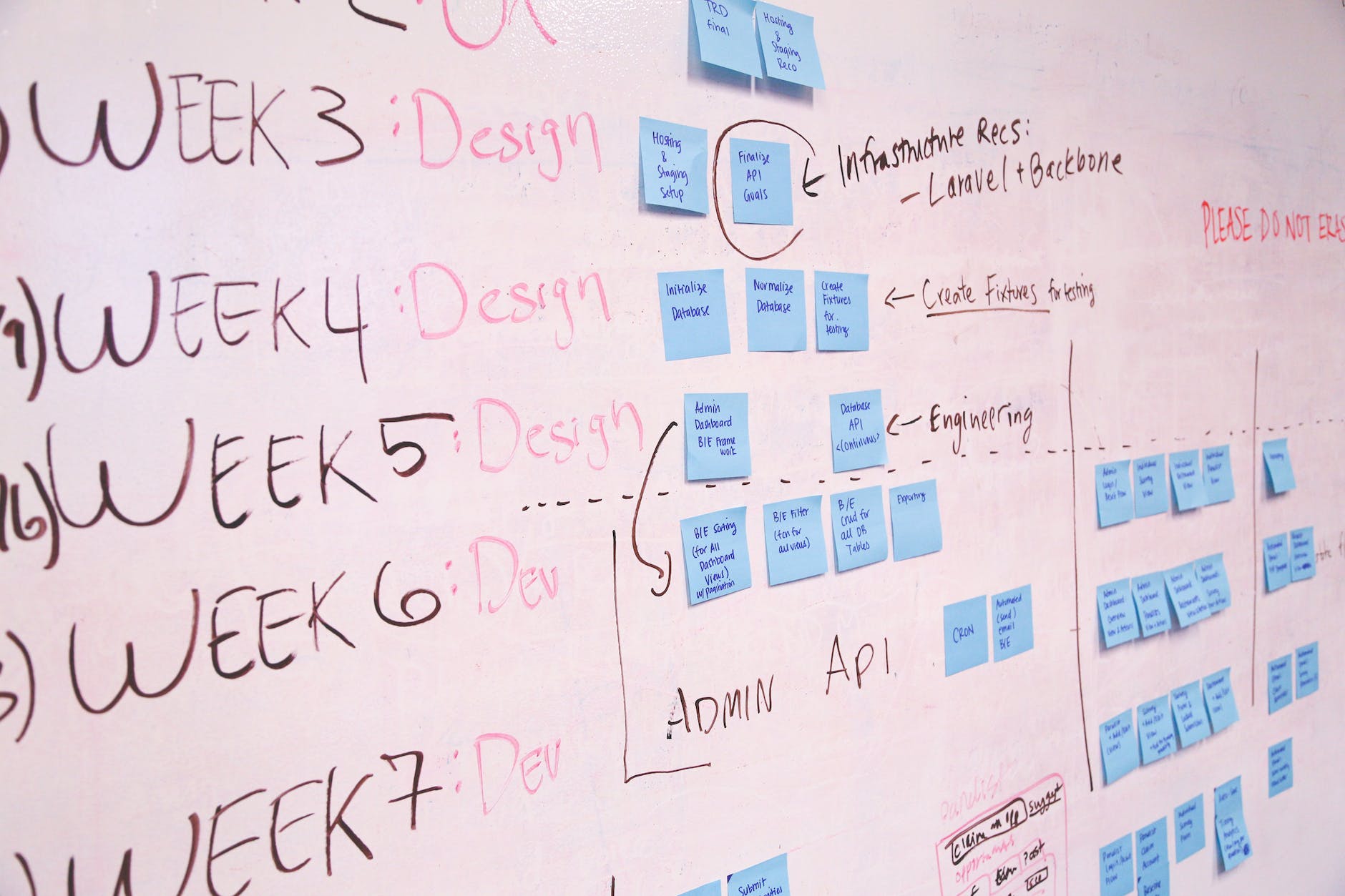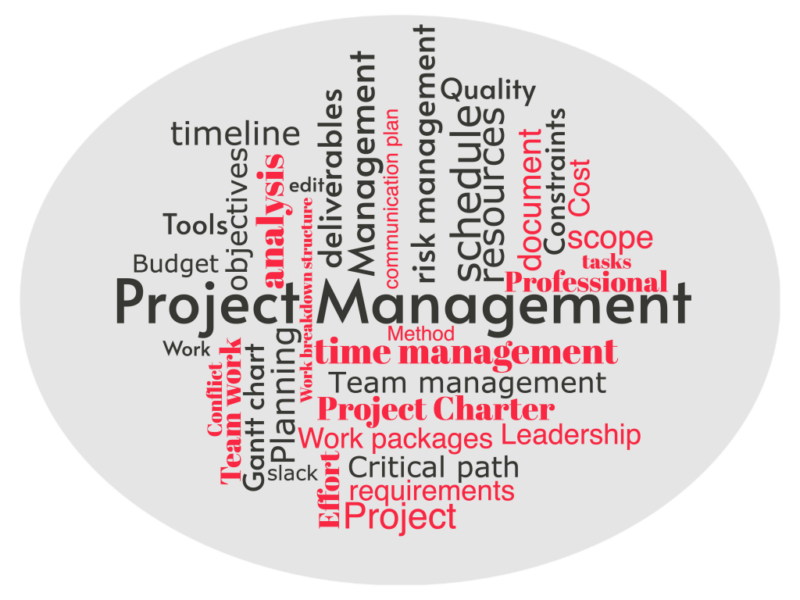In the realm of project management, the Work Breakdown Structure (WBS) is your map to success. It’s the skeleton that holds your project together, allowing you to see the big picture while managing all the tiny details. In this article, we’ll unravel the intricacies of WBS, providing you with a step-by-step guide to create an effective one.

Photo by Pixabay on Pexels.com
Getting Started: The Top-Down Approach
The best way to approach WBS creation is to start at the summit. Begin with the top-level summary tasks, giving you a high-level view of the project’s structure. This is where you identify the primary components of your project.
Team Collaboration: The Key to Identifying WBS
No one knows your project better than your team members. Gather your project team and start identifying the top few levels of summary tasks. This collaboration is invaluable in ensuring that you capture all critical aspects of the project.
Here’s a simplified breakdown of how your team can tackle the task:
- Team Meeting: Gather the entire team to brainstorm and outline the initial WBS structure.
- Smaller Groups: Break down the summary tasks into smaller, more manageable chunks. This encourages detailed planning.
- Team Review: Afterward, everyone reviews the results collectively, correcting any issues and refining the WBS further.
Consider this a dynamic process. You can start with your initial team to brainstorm the WBS and then revise and add more details as additional team members join.
The How: Creating the Work Breakdown Structure
Now, let’s delve into the ‘how’ of creating a WBS.
- Scope Statement & Deliverables: Utilize your project’s scope statement and deliverables as your guiding light. These documents help identify the top-level summary tasks.
- Breaking it Down: Once you’ve identified your summary tasks, break each one down into smaller, more manageable pieces. These smaller components are known as ‘work packages.’ They represent the actual work that needs to be done.
A Note on Work Package Size
Most experienced managers aim for work packages that take between 8 to 80 hours to complete. This ensures that tasks can be managed efficiently. Additionally, consider breaking down work to match the frequency of status reports. Having measurable progress and completed tasks for each status report keeps your project on track.
Determining Breakdowns: What to Consider
When breaking down your project into work packages, there are several factors to consider:
- Time and Cost Estimation: Ensure that your work packages are detailed enough for accurate time and cost estimates.
- Status Measurement: Each work package should be structured so that its status can be easily measured. This is crucial for tracking progress.
- Task Durations: Keep task durations shorter than your reporting periods to maintain a real-time view of your project’s status.
- Manageable Details: Work packages should be detailed enough to guide the team but not overly complex. Striking this balance is essential for efficient project execution.
In conclusion, the Work Breakdown Structure (WBS) is your project’s foundation, providing clarity and structure to your project management efforts. By starting from the top, collaborating with your team, and following these best practices, you’ll be well-equipped to create a robust WBS that leads your project to success.
Now, go forth and break it down!
More sources:
- Project Management Institute (PMI) – Explore PMI for more project management resources and insights.
- Work Breakdown Structure (Wikipedia) – Further reading on the concept of WBS.
- Top Tools for Effective WBS Creation and Management– Discover tools that can assist in creating and managing your WBS effectively.


